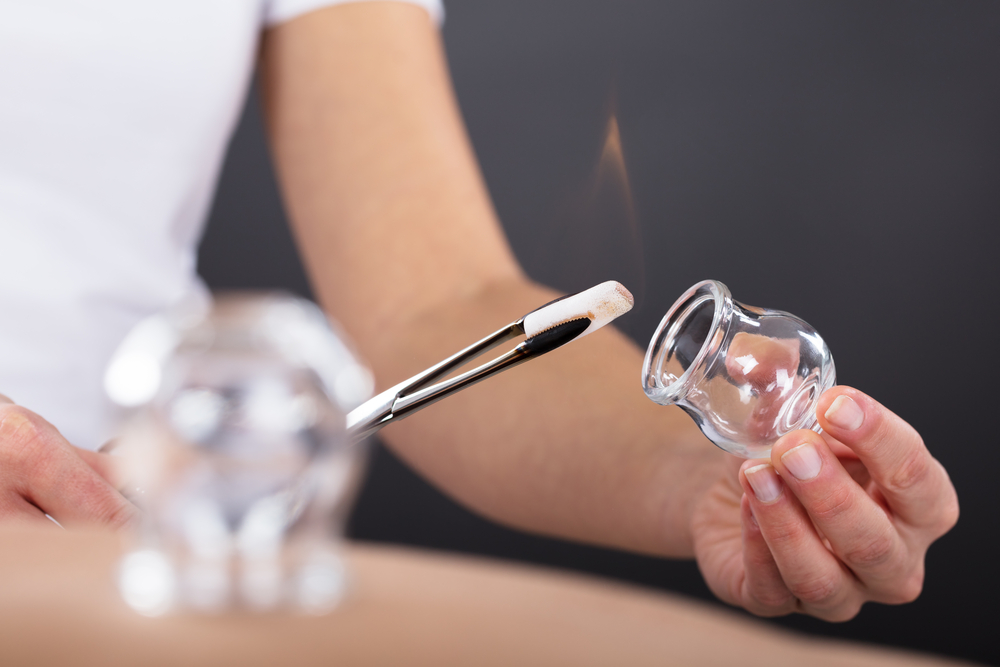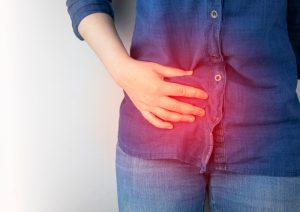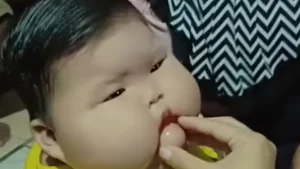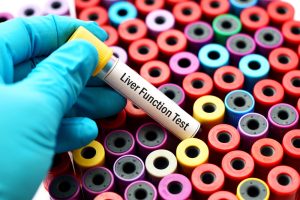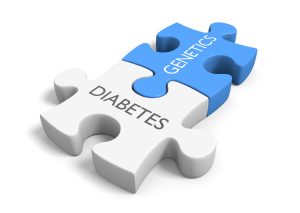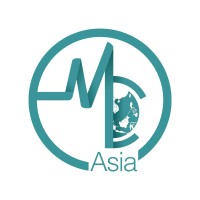What is cupping therapy and its history?
Cupping therapy is a form of alternative medicine in which a practitioner applies special heated cups on the skin for a few minutes to create localised suction. It is used for many purposes such as to relieve pain, inflammation, stimulate blood flow, for relaxation, indigestion, skin conditions like psoriasis, or as a body massage.
Ge Hong, a renowned Taoist alchemist and herbalist is regarded as the first person who started cupping therapy around A.D. 281 to 341. He believed that it would balance negatives and positives within the body to help fight against pathogens, improve blood circulation, and decrease discomfort.
The cups are typically made from:
- Glass
- Bamboo
- Earthenware
- Silicone
Cupping therapy can also be traced to old Egyptian, Chinese, and Middle Eastern cultures and has recently gained popularity in Western and Latin American countries. While the scientific evidence to support the benefits of cupping therapy are currently lacking, research investigating its effectiveness is currently ongoing.
Types of cupping therapy
In ancient times, animal horns were used for cupping therapy, later, bamboo and ceramic were utilised to make the cups and in modern times, glass cups are more commonly used.
Cupping therapy can be categorised into two main branches which includes:
- Dry cupping – with suction-only.
- Wet cupping – includes both suction and supervised medicinal bleeding.
What are the steps involved?
The practitioner begins by taking a cup and placing a lit flammable substance such as alcohol, herbs, or paper, under it. As the fire goes out, the edges of the cup are placed directly on the skin. Alternatively, rubber pumps are used to create the suction instead of utilising heat.
When the heated cup is placed on the skin, a vacuum is created which elevates the skin and muscle under it, towards the cup. The colour of the skin under the cup may change to red as the blood vessels adapt to the pressure created within the vacuum.
During dry cupping, the cup is left in the same spot for 5 to 10 minutes, while in wet cupping, the cup is only kept in the same spot for a few minutes before it is removed, the therapist then makes a tiny incision to draw out blood. The cupped areas are later treated with ointment and wrapped with bandages to prevent infections, and it may take up to 10 days for the marks created by the cups and the bruises to subside.
What conditions can be treated with cupping therapy?
Cupping therapy is traditionally used to heal various conditions that make the muscles sore and stiff. As the cups are placed on acupressure points, this technique can be effective for treating digestive, skin, and other problems typically treated with acupressure.
Some studies have shown cupping therapy to be helpful in treating the following conditions:
- Facial paralysis
- Cough and breathing difficulties
- Acne and eczema
- Disc herniation
- Herpes zoster
- Cervical problems
- Migraines
- High blood pressure
- Arthritis
- Anaemia and haemophilia
- Allergies and asthma
Cupping therapy is also effective in:
- Reducing pain and inflammation
- Improving blood circulation
- Relaxation and well-being
- Aiding the healing process and increasing immunity
Side effects
While cupping therapy is a low-risk procedure, some individuals may experience some side effects either during or immediately after treatment. Some of these side effects include:
- Feeling lightheaded, dizzy, or nauseous during therapy
- The skin where the cups are placed may become irritated and itchy and some might experience pain in the region where the rim of the cup was placed
- Infections, though extremely rare, might occur. However, following proper infection control methods will decrease the risk of infections
- Bruising of the skin
- Burns
- Blood-borne diseases such as hepatitis B and C might be transmitted if the cups and instruments are not cleaned properly
If you experience any of the above side effects, consult your physician immediately.
What are the things you should be aware of?
Although cupping therapy is generally regarded as safe, it is not suitable for everyone. Extra care must be taken for the following groups of people:
- Children less than 4 years old
- Teenagers should avoid long treatments
- Older people should avoid, as they might injure their more delicate skin
- Pregnant women should avoid therapy in their abdominal and lower back regions
- Females on their periods
- Individuals on blood-thinning medications such as warfarin
- Individuals with sunburn, cuts or boils in the region where cupping therapy is to be performed, or those with an internal organ injury
Cupping therapy has been traditionally used to decrease the symptoms of both short-term and long-term illnesses. However, more studies are required to truly understand its effectiveness. It is advisable to consult with a physician prior to commencing cupping therapy.



